8 /10 1 Votes8
6.9/10 Letterboxd Written by Jorge Sanjinés Cinematography Antonio Eguino Director Jorge Sanjinés | 7.3/10 IMDb 5/5 MovieDetective Produced by Ricardo Rada Starring Marcelino Yanahuaya Initial release 20 November 1969 Producer Ricardo Rada | |||||||||||||||||||||||||||||||||
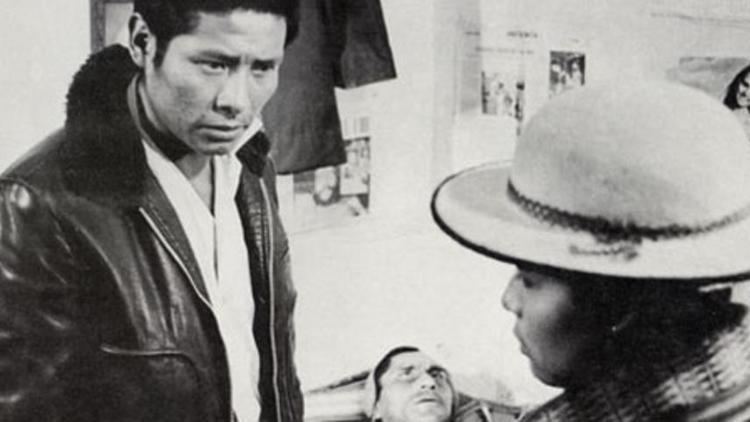 | ||||||||||||||||||||||||||||||||||
Music by Alfredo DomínguezIgnacio QuispeAlberto Villalpando Cast Marcelino Yanahuaya, Danielle Caillet, Benedicta Mendoza, Vicente Verneros Salinas, Felipe Vargas Music director Alberto Villalpando, Alfredo Domínguez, Ignacio Quispe Screenplay Jorge Sanjinés, Óscar Soria Similar Los Andes no creen en Dios, The Day Silence Died, American Visa, Volunteers, Bolivia | ||||||||||||||||||||||||||||||||||
Blood of the Condor (Quechua: Yawar Mallku, Spanish: Sangre de cóndor) is a 1969 Bolivian drama film co-written and directed by Jorge Sanjinés. The film tells the story of an indigenous Bolivian community receiving medical care from the Peace Corps-like American agency Cuerpo del Progreso ("Progress Corps") which is secretly sterilising local women. The story, which was based on accounts by the indigenous people to the filmmaker, provoked an outrage in the public which led to a government investigation about the Peace Corps' actions in Bolivia, which ended in the expulsion of the agency from the country.
Contents
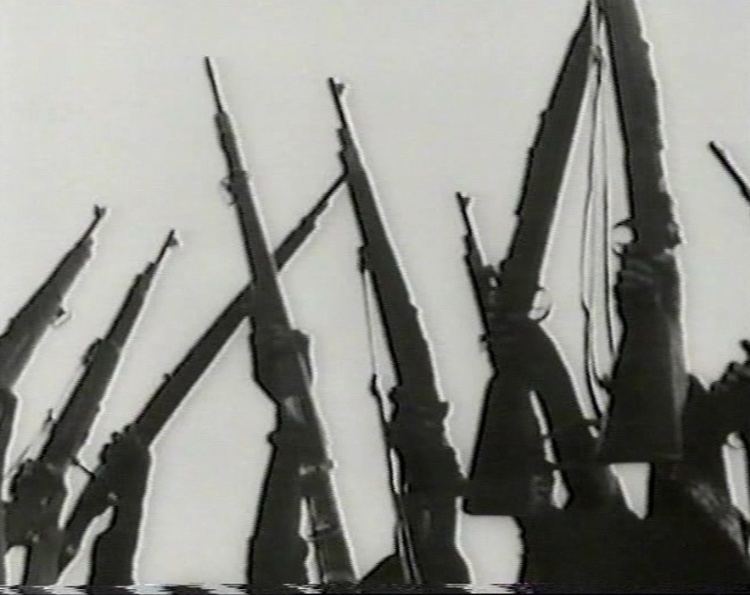
Plot summary
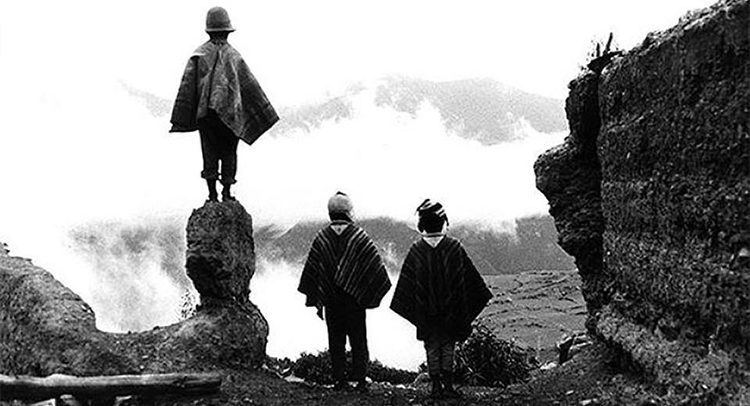
An indigenous Bolivian community receiving medical care from the Peace Corps-like American agency Cuerpo del Progreso ("Progress Corps") which is secretly sterilising local women. The Bolivians attack the foreigners, and the attackers are rounded up and shot by the authorities. The brother of the shot protagonist desperately seeks medical care for his brother, but due to lack of money for proper care his brother dies.
Impact
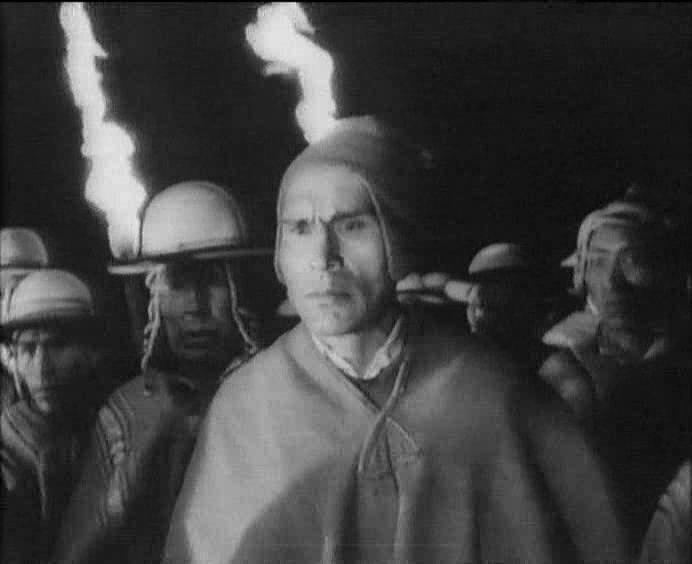
Sanjinés' Yawar Mallku is thought to have led to the expulsion of the Peace Corps from Bolivia in an act of anti-imperialist cultural nationalism by the indigenous people.
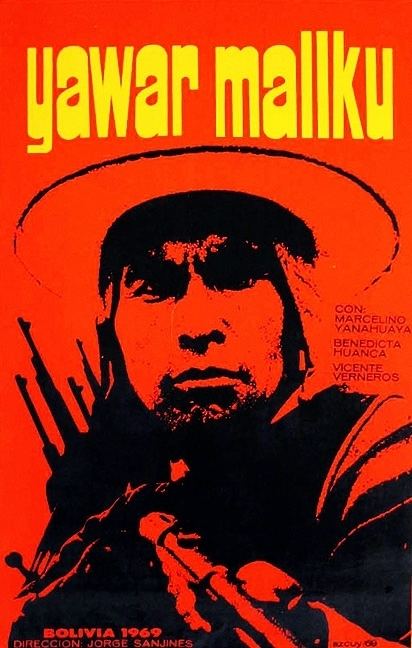
After showings of Yawar Mallku, Sanjinés learned that many peasants had criticism about the difficulty of his films due to the use of flashback for narration, as his film-making was greatly influenced by European art cinema, and about the lack of attention to denouncing the causes of the indigenous peoples' issues. He took this into account when making his next film, called El coraje del pueblo ("The Courage of the People"), in 1971.
